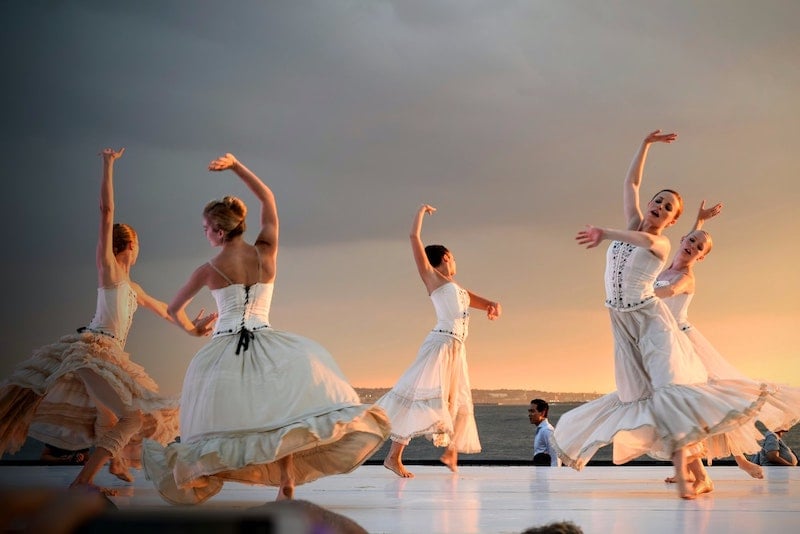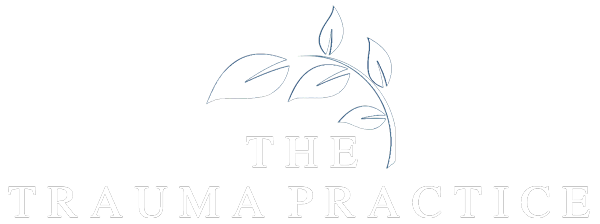
We know that humans have been dancing together since we managed to get up on our own two feet. The reasons? Group bonding for survival, transcending harsh and challenging life circumstances and an aid to healing and higher consciousness. We also know dancing is good for trauma held in the body. How?
The Trauma Trap
Neuroscience tells us that when we have experiences that are overwhelming, trauma gets trapped in the body through disorganization of the nervous system. Clearing trauma is about reorganizing to integrate experiences so that we can feel, think, connect and communicate in a congruent way.

Expanding Physical Awareness
In order to reorganise and integrate traumatic experience, we need to build capacity to tolerate what was intolerable in the past. Dance offers an effective resource in this capacity-building by expanding our physical awareness so that the embodied charge has a greater spread over the body and the trauma is thereby easier to bear and contain.
Dance Movement Practice
In addition, dance movement practice such as Flomotion, has a core ingredient for nervous system regulation: co-regulation and social engagement. We dance in community with others. The sessions are designed to be welcoming and inclusive; to communicate that the space is safe and non-threatening, and everyone else present is there to dance, not to watch or judge.

The Breath
Flomotion also pays special attention to breath. Dancers are reminded periodically to take deep breaths and oxygenate the body. This also helps to stabilize levels of arousal (either high arousal fear responses or low arousal shut down). Attention to breath and body movement encourages presence and a sense of being grounded.
‘The Shake’
At Flomotion we also do something called ‘The Shake’, otherwise know as ‘Trauma Release’, one of the most powerful movements you can do for your body. It involves a repetitive pattern of gently bouncing the knees up and down to music, whilst letting the top half of the body be soft and relaxed. It works in much the same way as animals in the wild who, having escaped a predator, find somewhere safe to shake off adrenalin. The Shake harmonizes the brain and nervous system whilst revitalising the body and building resilience.
Increased Dopamine Levels
Research indicates that dancing increases dopamine levels, the neurotransmitter that helps send signals to the brain which affects the way we experience pleasure, and cope with anxiety, stress and depression.
This is evident at the end of a Flomotion session when we gather together and people might share a couple of words about how they are feeling. What we regularly hear is ‘peaceful’, ‘contained’, ‘free’ ‘grounded’.

Dancing for Trauma Release
Dancing aids trauma release by eliciting emotions which can be discharged and expressed through movement. In Flomotion we deliberately play certain tracks that evoke a heightened feeling response, so that they can be included and tolerated by the moving body rather than shut out.
Try Flomotion
The beauty of flomotion dance is that it combines embodiment, spirituality, social engagement, light-heartedness and fun in a world that can feel ominous, threatening and negative. It is a safe way to explore and get in touch with emotions without being overwhelmed by them. And we do all of this with each other.
This is a guest article from Julia Franks of Flomotion Dance
For further information on Flomotion dance visit www.flomotion.dance
